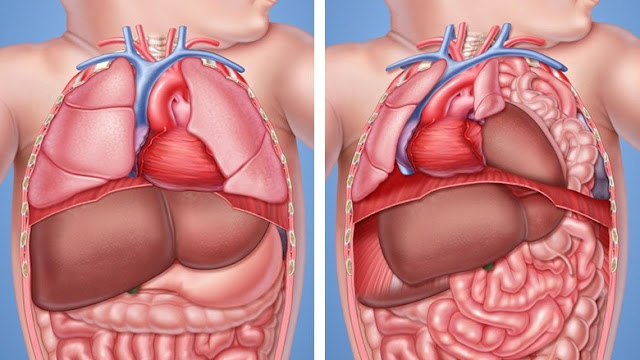Guillain-Barré Syndrome – Symptoms and Triggers

Introduction Guillain-Barre syndrome is a quite rare disorder which causes the body’s immune system to attack the nervous system. The disorder starts from weakness and tingling in the hands and feet and can result in complete paralysis if not treated accordingly . Guillain-Barré syndrome is a medical emergency and affected people need to be hospitalized immediately. Symptoms Guillain-Barré syndrome usually begins with tingling sensations and weakness in the hand and feet, as mentioned above, which starts spreading to the arms and the upper body. In some people, the symptoms can start directly in the arms and/or face. Muscle weakness can develop into paralysis as the disorder progresses. Here are the common symptoms of the syndrome : Pin and needle-prick like sensations in the fingers, wrists, toes and ankles. Weakness in the legs that spreads to the upper body Unsteadiness in walking and difficulty or inability climbing stairs Difficulty in eye and facial mo...


